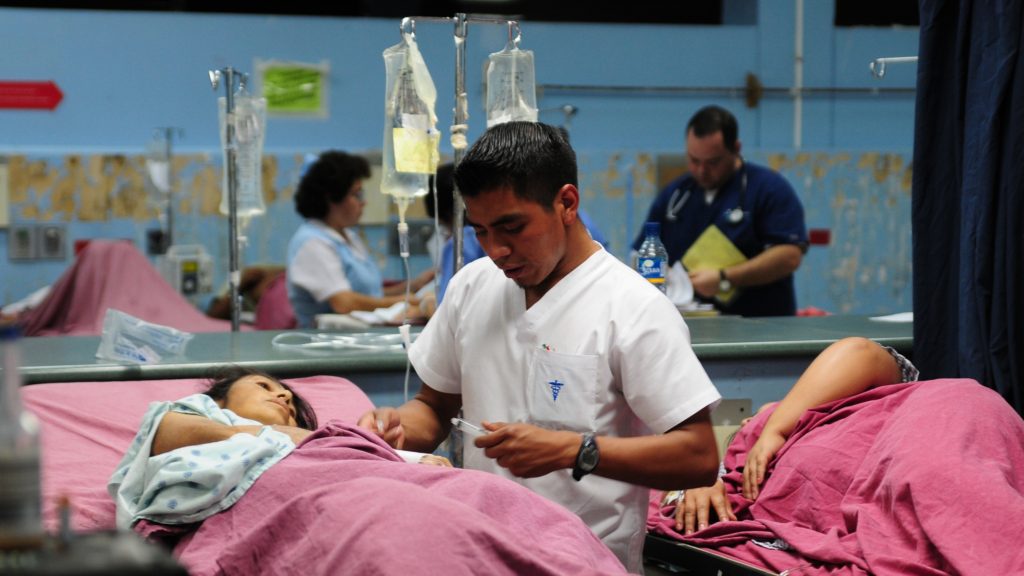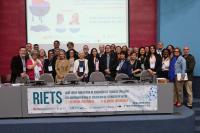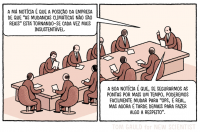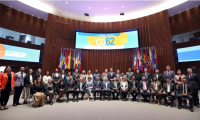Coders are key to capturing accurate mortality and morbidity information

The Pan American Health Organization (PAHO) is providing professionals responsible for capturing accurate data on mortality and morbidity in Latin America and the Caribbean with better training and support. This initiative forms part of efforts to improve the quality, timeliness and consistency of information on which so many public health decisions are based.
Professionals – known as mortality and morbidity coders – have a key role to play in ensuring the quality of vital and health statistics. Coders interpret complex medical information written by doctors in order to determine a patient’s exact diagnosis or their underlying cause of death. In order to do this, they assign the diagnosis with a code from the International Statistical Classification of Disease and Related Health Problems (ICD-10), which are then used to produce standardized local, national and regional health data.
“Despite this responsibility, however, coders often have to interpret complex medical terminology with little to no training on the latest ICD-10 updates. This must be rectified.”
In order to address this issue, PAHO’s Latin American and the Caribbean Network for Strengthening Health Information Systems (RELACSIS) has been working to develop a variety of initiatives to improve the quality of coded morbidity and mortality statistics, enhance the technical capacity of ICD coders in the Region, and provide them with the tools they need to most effectively carry out their jobs.
These initiatives include the design of virtual courses on ICD-10 mortality and morbidity coding such as an online course for medical doctors on how to fill out death certificates, and a two-month online training for student ICD-10 coders. This course guides students on how to interpret medical terms for the correct assignment of codes, how to understand the structure of ICD-10, and how to assign codes to physicians’ diagnoses. Over 250 coders participated in the last course. RELACSIS also created an online platform – The “Dr. Roberto A. Becker Forum” to facilitate technical discussion among ICD-10 coders and nosology experts and to respond to questions they may have.
A regional census on mortality and morbidity coders has also been carried out in order to determine, for the first time, their demographics, working environment and competency level. This census revealed that there are around 7,000 coders in Spanish-speaking countries of Latin America and the Caribbean and will enable more targeted interventions to support this essential workforce.
Regional Meeting of coders
In November 2018, the “First Regional Meeting of Mortality and Morbidity Coders” was held in Mexico City. The aim of this conference was to highlight the fundamental role of coders in facilitating the production of informed health policy in the Region, and to provide them with the supported needed to carry out this function at the highest possible level.
During this meeting, RELACSIS, along with Collaborating Centers for the WHO Family of International Classifications (FIC) in Argentina (CACE), Cuba (CECUCE) and Mexico (CEMECE), agreed to continue to work towards advocating for better recognition of the vital work of ICD coders and to arrange for coders to come together to exchange ideas, experiences and perspectives about the role, and to discuss their specific technical needs.
Strengthening vital statistics
These initiatives all form part of PAHO’s Action Plan to Strengthen Vital Statistics (2017-2022). This plan focuses on improving the vital role of coders by establishing a register of coders; providing training and skill development according to coder needs; preparing coders for ICD-11 in 2022; expanding initiatives to coders from the English-speaking Caribbean; and developing a vocational qualification to ensure the professional development of coders.



